3 min read
Navigating the Grant Application Process for IT Services in the Public Sector
The public sector faces increasing pressure to modernize its IT infrastructure and services. However, budget constraints often pose significant...
Our team offers a variety of services to support your IT operations and growth.
Leverage our expertise to optimize your IT environment and work towards compliance goals.
Our team is comprised of industry experts with a deep history in working with the public sector.
Please let us know how we may assist you.
3 min read
Kyra Mindlin : Feb 6, 2025 11:57:28 AM
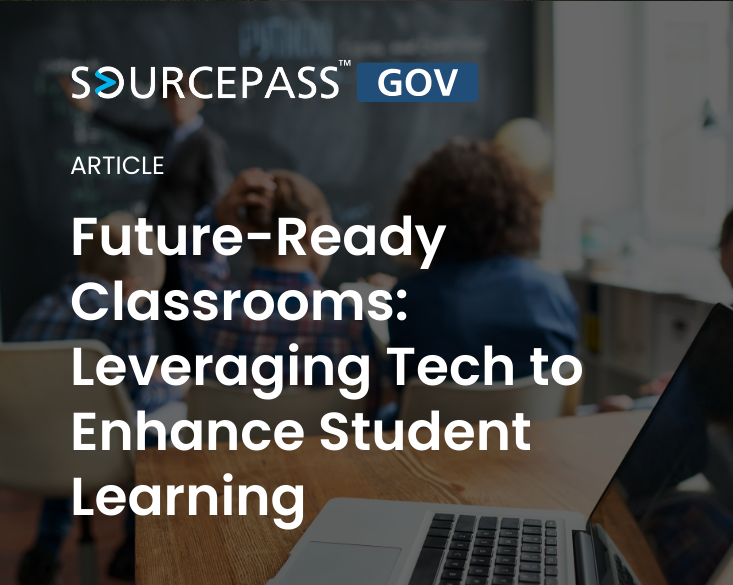
As technology continues to evolve, so too must the way we approach education. In today’s world, integrating technology into the classroom isn’t just about keeping up with trends—it’s about creating an environment where students can thrive, engage, and be prepared for the future.
From interactive lessons to personalized learning, technology can dramatically enhance student learning and better equip them with the skills they need for success in a rapidly changing world.
Education technology (EdTech) has emerged as a powerful tool that supports both teaching and learning. Digital tools like learning management systems (LMS), classroom collaboration platforms, and educational apps have the potential to transform traditional classrooms into dynamic learning environments.
These tools facilitate a range of activities, from interactive quizzes and simulations to video lessons and real-time feedback, offering both students and teachers flexibility and a more engaging experience.
One of the most significant advantages of using technology in the classroom is the ability to personalize learning. With the help of adaptive learning platforms and data analytics, teachers can tailor lessons to meet the specific needs of each student.
For instance, an AI-powered tool might assess a student’s strengths and weaknesses and provide additional resources or exercises to address knowledge gaps. This kind of personalized learning ensures that no student is left behind and allows learners to progress at their own pace.
EdTech can offer students opportunities to explore subjects they might not have access to otherwise. Virtual reality (VR) and augmented reality (AR) can bring subjects like history, science, and geography to life, giving students the ability to explore new concepts in an immersive, hands-on way.
Technology also enhances collaboration. Tools like Google Classroom, Microsoft Teams, and Slack foster teamwork by enabling students to work together in real-time, regardless of location.
Whether it's a group project, brainstorming session, or peer review, technology can break down physical barriers, ensuring that students can connect and collaborate with their peers, teachers, and even experts from around the world.
Additionally, cloud-based storage ensures that all work is saved in one central location and can be accessed from any device, anywhere. This fosters an environment where learning is no longer confined to the classroom walls but can continue beyond school hours and even across different time zones.
.png?width=2250&height=1250&name=Sourcepass%20Featured%20Blogs%20(12).png)
As students move closer to entering the workforce, technology plays an integral role in helping them develop the skills necessary for success in their future careers.
Whether it's through coding boot camps, AI-driven problem-solving exercises, or using digital tools for project management, students can develop valuable tech skills that will set them apart in today’s job market.
Furthermore, EdTech can help students build essential soft skills such as communication, critical thinking, and collaboration—skills that are highly sought after by employers. By providing real-world applications and learning experiences, students are more prepared to enter the workforce with a competitive edge.
Technology doesn’t just benefit students—it also provides immense support for educators. With the help of data analytics, teachers can monitor student performance in real time and adjust their teaching methods accordingly.
Professional development platforms and online communities allow educators to continuously refine their skills, share best practices, and stay up-to-date with the latest EdTech innovations.
Automated grading tools and learning management systems save teachers time, allowing them to focus more on personalized instruction and student interaction rather than administrative tasks.
Despite its many benefits, integrating technology into classrooms comes with challenges. Equity remains a significant concern, as not all students have access to the same devices, internet connectivity, or technical support. It's essential for schools and districts to address these disparities to ensure that every student has an equal opportunity to benefit from EdTech.
Additionally, there’s the question of how to balance screen time with traditional learning methods. While technology is undoubtedly a powerful tool, it should complement rather than replace the invaluable experiences that face-to-face interaction, physical activities, and hands-on learning offer.
Looking ahead, the role of technology in education will only continue to grow. As new innovations like artificial intelligence, machine learning, and virtual reality become more mainstream, classrooms will become even more interactive, immersive, and student-centered.
In the future, the line between the physical and digital classroom will blur, creating a seamless, hybrid learning experience that caters to diverse student needs.
To create future-ready classrooms, it’s crucial to not only embrace technology but to also ensure that it’s being used thoughtfully and responsibly. By putting the focus on personalized learning, collaboration, and preparing students for the workforce, we can create an educational ecosystem that empowers every learner to succeed in the 21st century.
Technology is transforming the way we educate, providing exciting opportunities to enhance student learning and better prepare them for the future. Future-ready classrooms leverage these tools to create a more engaging, personalized, and collaborative learning experience.
Ready to bring your classroom to the future? Call the GOV team today to learn more.
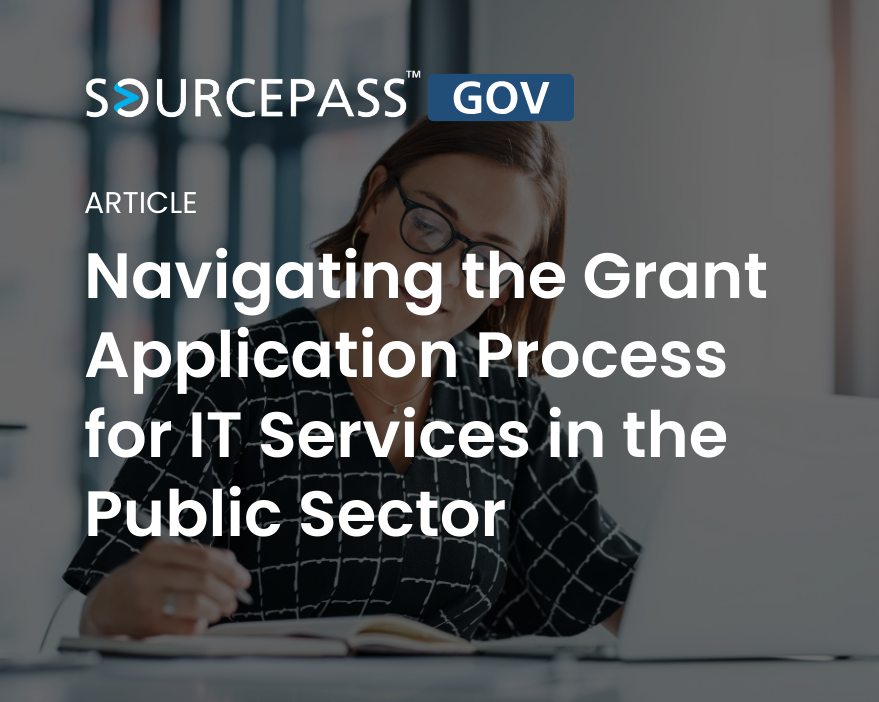
3 min read
The public sector faces increasing pressure to modernize its IT infrastructure and services. However, budget constraints often pose significant...
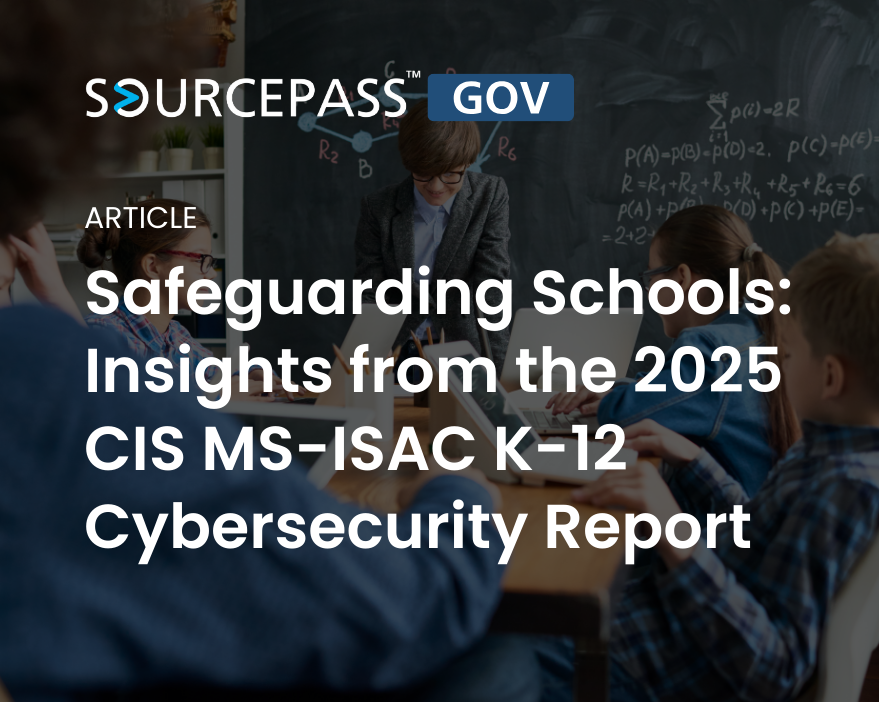
7 min read
In the "2025 CIS MS-ISAC K-12 Cybersecurity Report: Where Education Meets Community Resilience," the results from an analysis of more than 5,000 K-12...
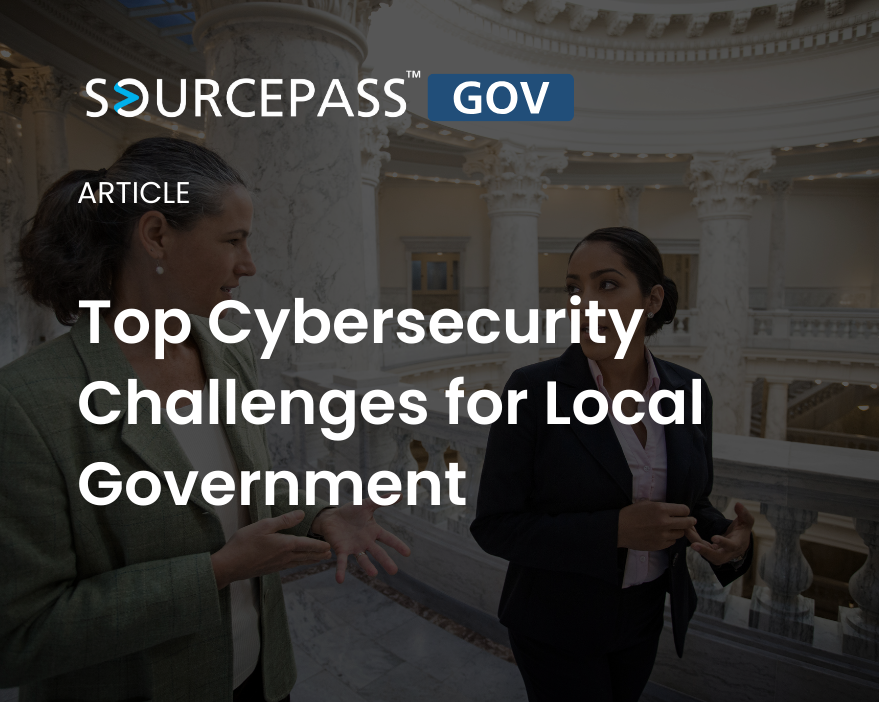
3 min read
In 2025, local governments across the United States are dealing with new and emerging cyber threats. As technology evolves, so do the tactics of...
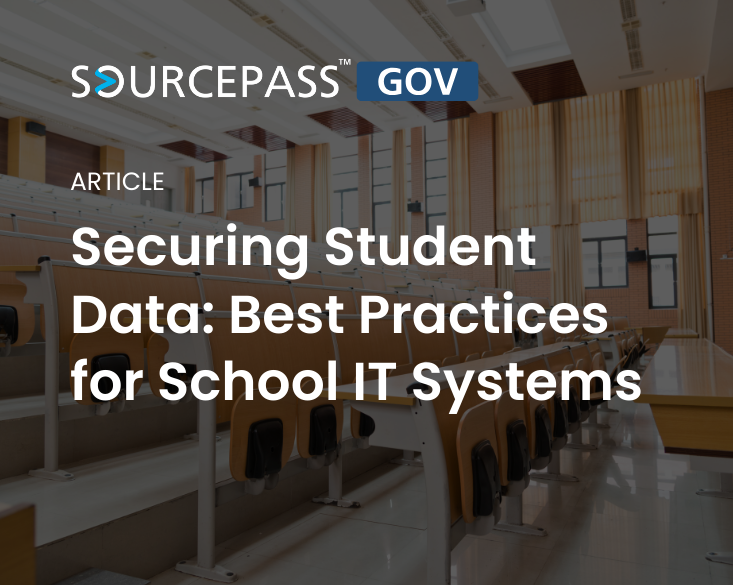
In the age of hybrid and virtual learning, schools have become increasingly reliant on technology to enhance learning, improve administrative...
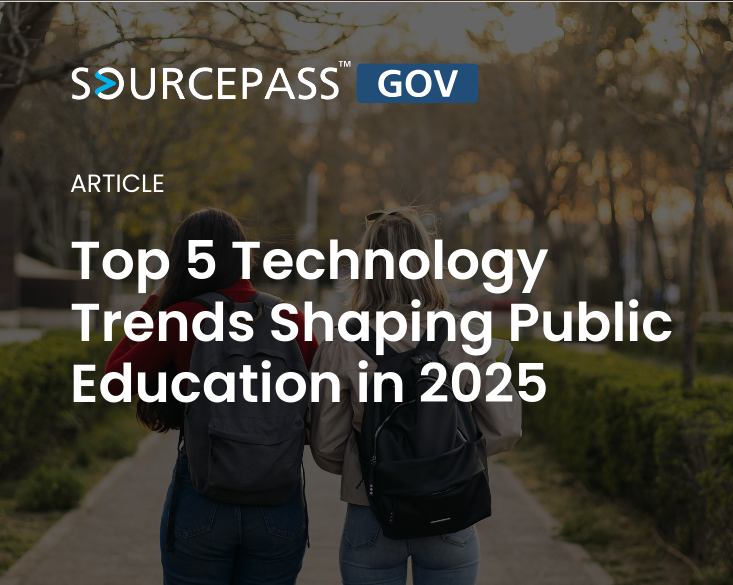
From the way students engage with course materials to how teachers deliver lessons, the digital revolution has already changed how education is...
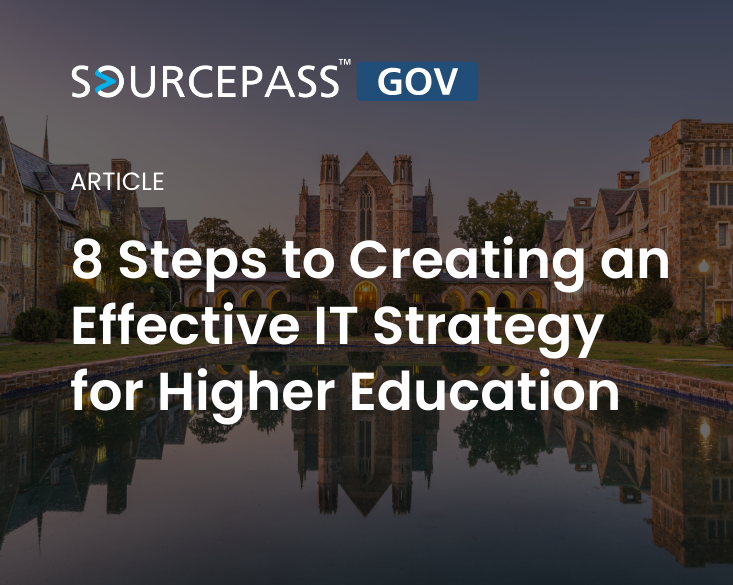
In 2025, higher education institutions face the dual challenge of providing cutting-edge technology solutions while maintaining robust, secure IT...